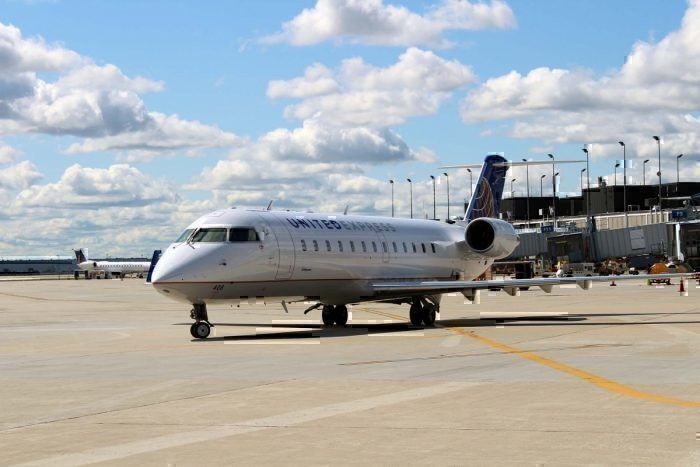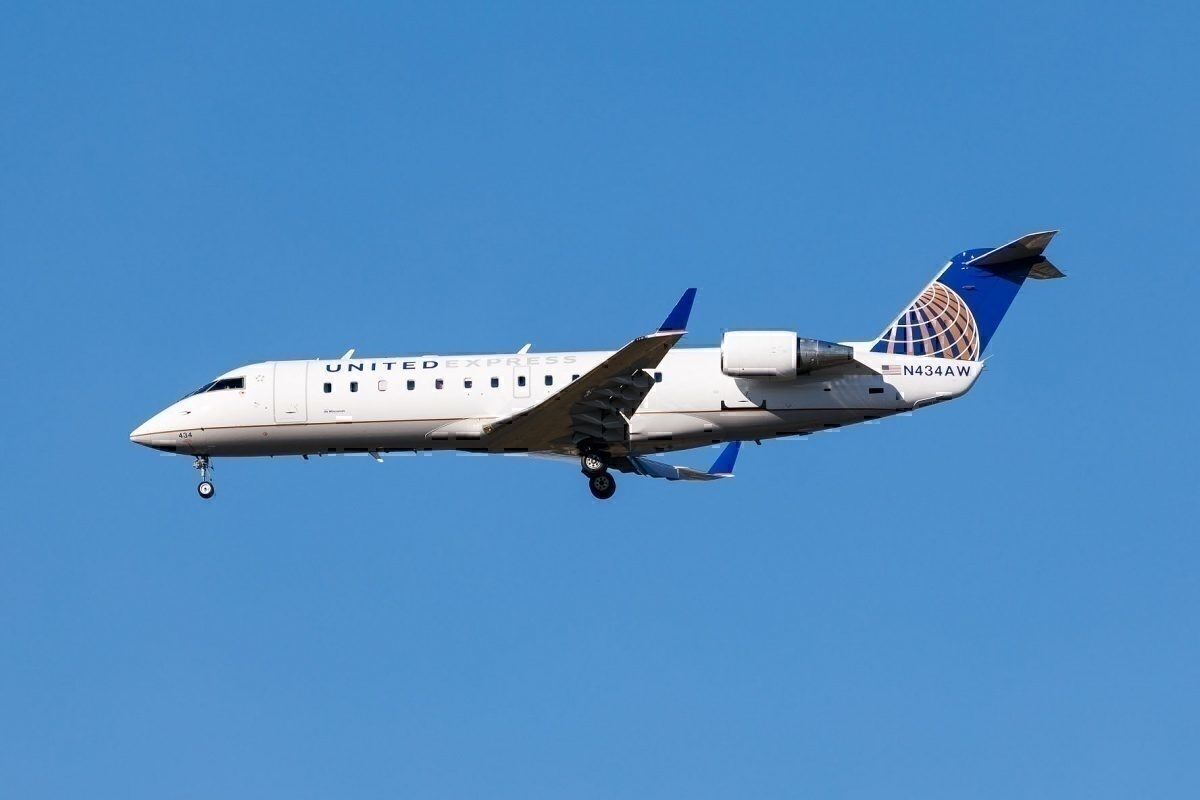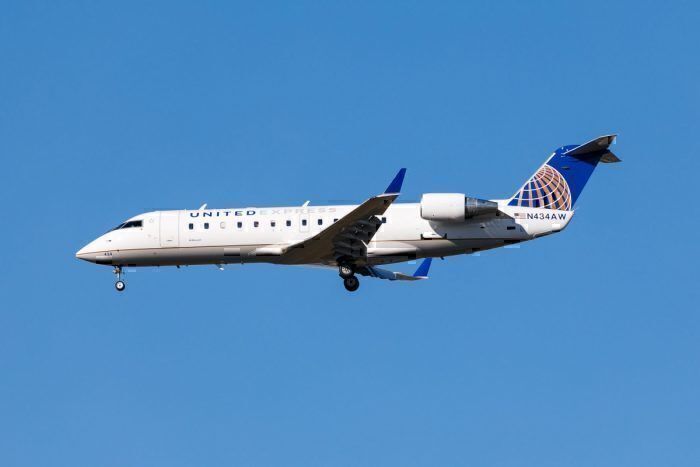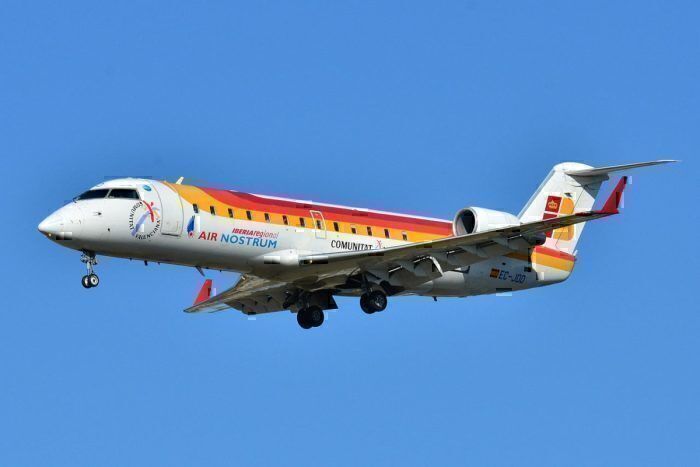A recent AD (Airworthiness Directive) issued by the FAA and EASA indicate that a specific software glitch exists for certain flight management systems (FMS) made by Rockwell Collins Aerospace. The bug, first discovered by Nav Canada in 2017 on a Bombardier CRJ-200, causes aircraft to turn the wrong way if the pre-set altitude limit is adjusted by pilots.
The problem
First reported by The Register, the issue is the subject of Airworthiness Directives issued by the FAA and EASA.
The bug was first discovered when a Bombardier CRJ-200 was flying into the regional Canadian airport of Fort St John. The CRJ-200 used the FMS's temperature correction function.
It was discovered that the software caused their aircraft to turn in the wrong direction while it was following the published missed approach. After the incident occurred, it was reported to the relevant authorities.
"The FMS commanding incorrect turn direction may result in a collision or controlled flight into terrain." -FAA AD
The cause
First discovered in 2017, this potentially dangerous issue seems to only occur when pilots edit a pre-set "climb to" altitude into a "missed approach" procedure, following an ILS (Instrument Landing System) approach. It also occurred when pilots used the flight management system's temperature compensation function in extremely cold weather. Here is one portion of the EASA's AD:
"Rockwell Collins subsequently determined that an error in the design of the Pro Line 4 and Pro Line 21 FMC software causes changes to the procedure-defined turn direction when the procedure has been significantly modified."

Corrective action
The AD, issued on May 24th and effective June 24th, requires disabling the automatic temperature compensation feature of the FMS. This is done through the aircraft's configuration strapping units (CSU) and revising the airplane flight manual (AFM) Limitations section. "The FAA is issuing this AD to address the unsafe condition on these products," the document notes. As noted by The Register and within the AD itself, both companies Bombardier and Rockwell Collins disagreed with the FAA's directive while it was in draft format. It was argued that a software fix would be easier to accomplish than banning the use of the automatic calculator. The parties also noted that manual temperature compensation calculation would "increase crew workload and introduce error." However, the FAA was not convinced, saying that these are "acceptable piloting tasks" and that "disabling the temperature compensation feature is necessary to address the unsafe condition."Simple Flying contacted both Rockwell Collins Aerospace and Bombardier Aerospace seeking comment on the subject. However, due to the timing of this article, no response was received before publication. We will update this article if any news comes in.



